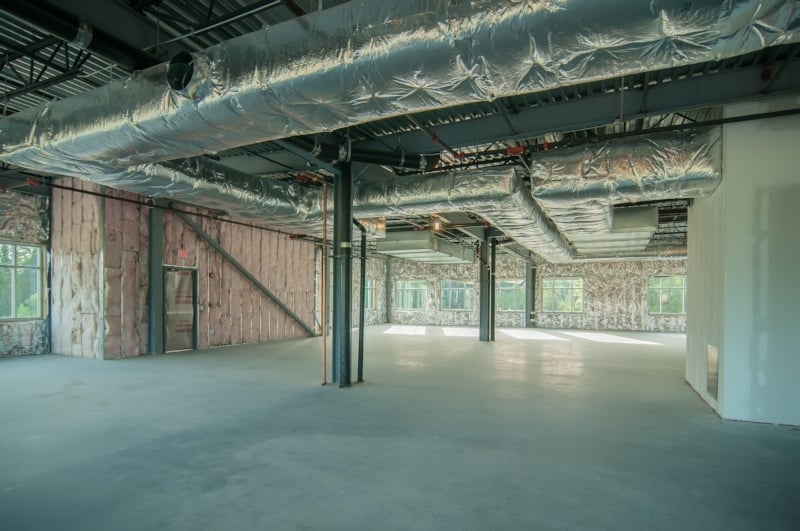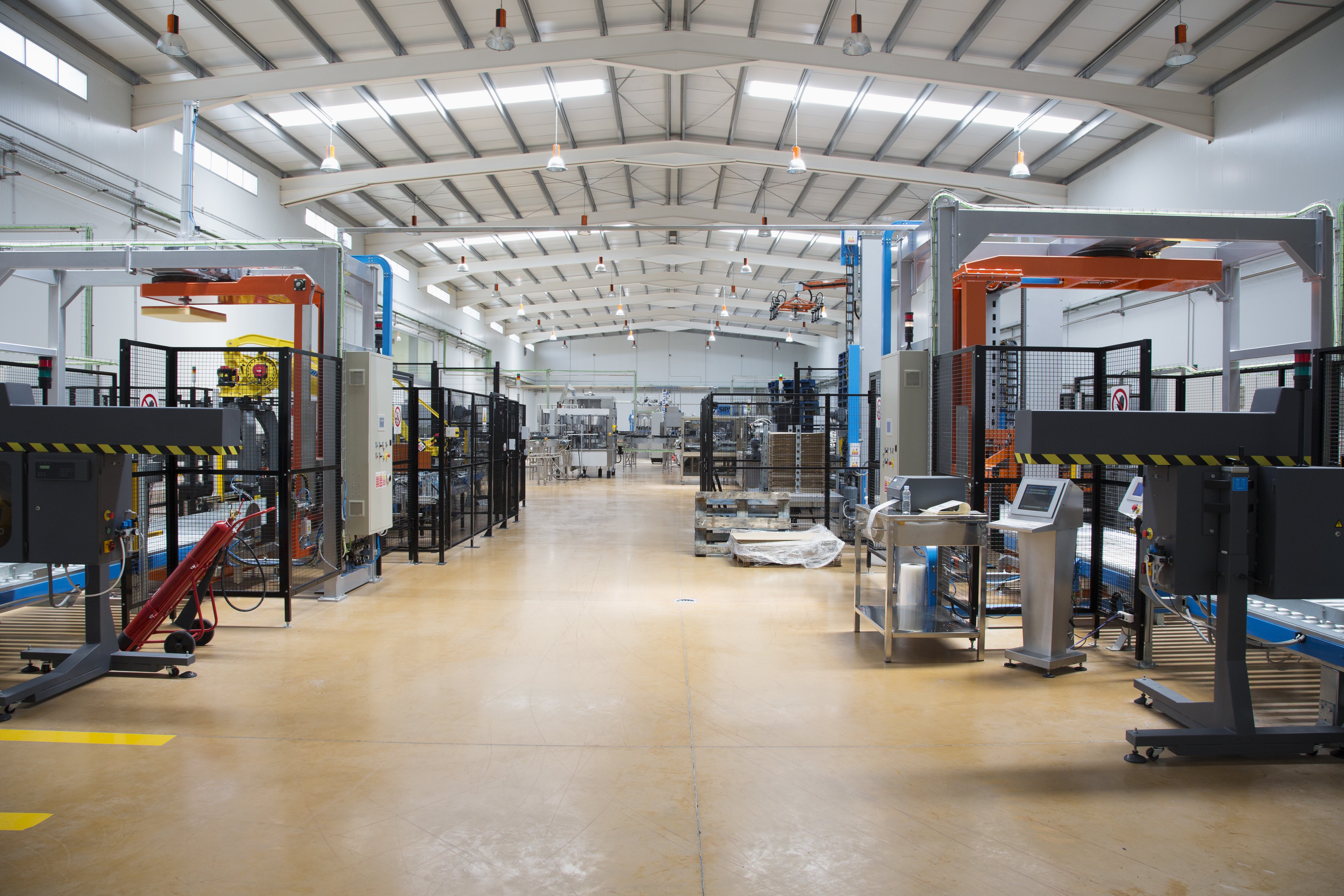
When in the design phase of your next project, architectural acoustics is not the first thing you are most likely to think about. However, as an engineer or architect, it’s vital that you plan for soundproofing and other acoustic treatments prior to breaking ground.
When you have effective soundproofing included in your designs you’ll provide many benefits to the building owner as well as neighbors, workers and tenants. This will eliminate “after-the-fact” solutions for eliminating noise pollution. Making plans to mitigate noise in your commercial or residential projects should be no different than planning for the location of utilities. Any “smart construction” project, or LEED certified project should have soundproofed spaces included as a regular and expected attribute.
Benefits of Quiet
Good Health
Chronic noise has been proven lead to increased stress levels, as well as high blood pressure. Consistent exposure to low-level noise may even lead to heart disease and other serious health issues. Studies have shown that noise pollution in the workplace makes employees sick and contributes to lost time and decreased production.
Privacy
Doctor’s offices, conference rooms and executive offices tend to host highly private conversations. There is no need for people in the adjacent room to hear confidential information. It is much the same for apartment buildings, landlords and hotels, where neighborly privacy is a key factor in everyone “getting along.”
Increased Resale Value
When it’s time to sell a home or business building, effective soundproofing which mitigates environmental and community noise, turns into a positive selling attribute. The importance of a quiet home is demonstrated by studies that show 69% of house hunters would be unwilling to move into their dream home if loud music was played regularly next door, while 63% would not put up with other loud activities such as DIY or parties. In fact, based on the location, studies also show that city noise strongly deters occupancy interest, turning away new buyers.
Soundproofing Material For New Construction
There isn’t a “one-shot” soundproofing strategy, so understanding the concepts of noise and the wide variety of options for soundproofing materials will help you engineer the perfect solution given your unique building scenario and environment of the new construction. Primarily you need to understand the types of noise you will be dealing with. Will it be indoor, environmental, city traffic, overhead airplanes, machinery, etc? Understanding the noise source, is as important as understanding the type of noise. After identifying the path or paths the noise will travel to potentially impacted parties you can decide if sound barrier or sound absorption materials are best suited for your project.
Absorption Materials
Absorption materials are typically used in floors and ceilings. Our Sonic Fiber mineral wool is a semi-flexible non-asbestos mineral wool that provides greater sound attenuation than fiberglass or urethane foam. Sonic Fiber is naturally hydrophobic (repels water), fire resistant and does not promote mold growth. As a superior sound attenuation material and better option than fiberglass or foam, mineral wool’s added mass makes it much more effective at attenuating lower frequency noise.
Barrier Materials
Barrier materials added to walls can reduce perceived loudness of transmitted noise by 75%. Pay special attention to this with hotels and multi-family projects, where a double layer of drywall is currently in place due to fire ratings. It is incredibly cost efficient to simply include a layer of sound dampening material to attain strong sound deadening efficiency.
Enclosures
Windows, HVAC, air conditioning units and other machinery noise are also considerations for soundproofing while in design and planning. Soundproof Enclosures can be built to customized specifications for location specific equipment or other noise sources.
Consult With Experts
It’s vital that you create your architectural acoustics plan during the planning and design stage of your new construction project. Doing so ensures an optimal environment for everyone living or working inside or near the building. You’ll have a happy client with a project completed exceeding expectation with noticeable results.
Best of all, you don’t have to go it alone! Contact one of our soundproofing experts to help you craft a customized plan for your next construction project.




